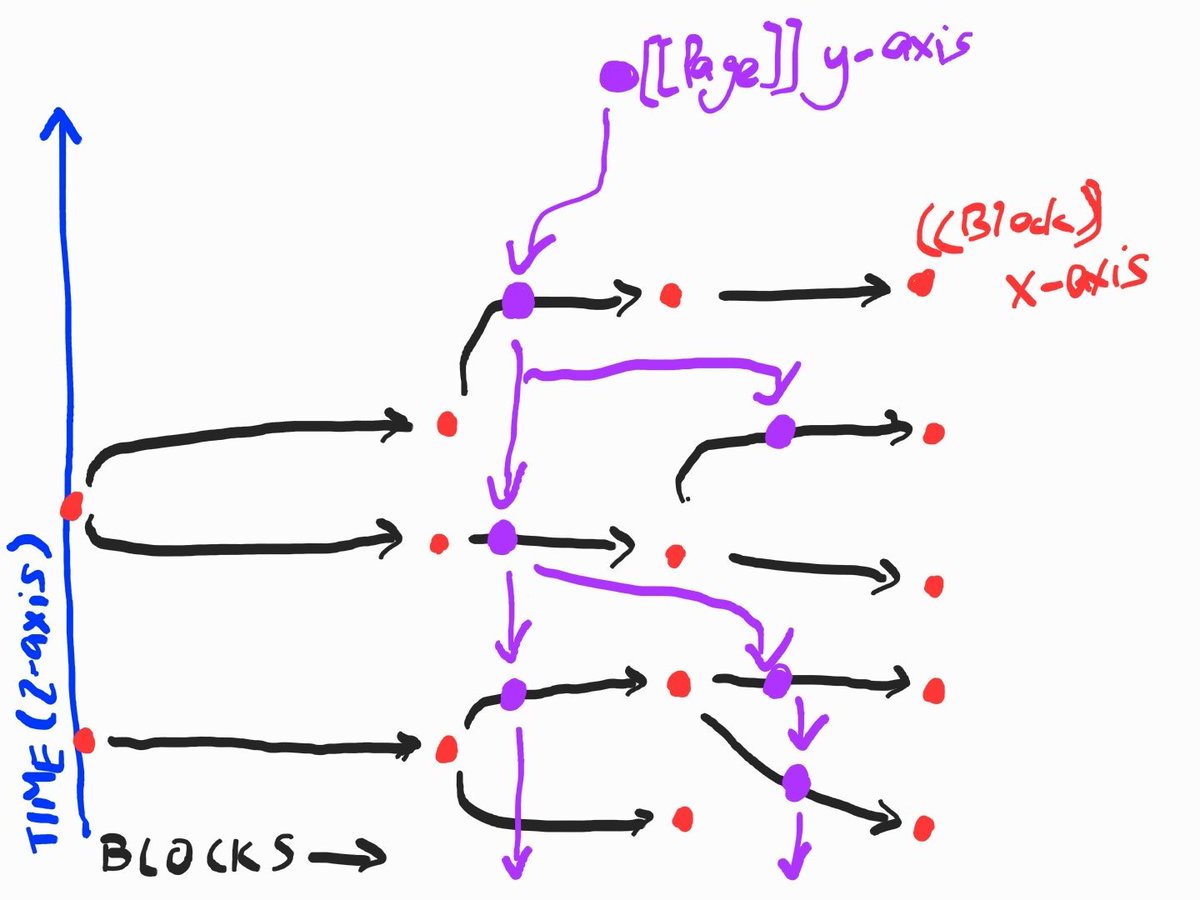
Working in @obsdmd has forced me to rethink of a PKM strategy that is also compatible with Roam, and here's what I've come up with so far: Input Notes, Summary Notes, Connector Notes, Category Notes, and #properties. Let me explain what these mean...
This strategy was built because I needed some structure while preserving the anti-hierarchy of zettelkasten - inspired by MOCs, Zettelkasten and how language works.
Input Notes: Any kind of input - they can be notes taken down from media (pdfs, books, videos, courses, interviews, classes), conversations, thinking, journalling. These contain metadata - authors, links, dates, etc.
~ aka "reference notes"/"fleeting notes".
~ aka "reference notes"/"fleeting notes".
Summary Notes: What I take down under input notes gets extrapolated into atomic units of knowledge, ranging from single words to phrases. These function as nodes or APIs which will be connected together later and remixed to form new ideas.
~ aka "literature notes"
~ aka "literature notes"
Connector Notes: These provide contextual relationships between atomic "summary notes". For example, "apple is red" is a connector note - whereas "apple" and "red" are two different summary notes.
~ aka "synthesis notes"/"evergreen notes"
~ aka "synthesis notes"/"evergreen notes"
Category Notes: These act like stars that pull planets into their orbit. In the same way, category-notes pull summary and connector notes into thematic connections. The difference is that one note can belong to many category notes.
~ aka "folders"/"MOCs"
~ aka "folders"/"MOCs"
#properties: As tags act differently in Obsidian, the only way it makes sense to use is as adjectives, status indicators or properties. I use them as descriptors.
In this example, two summary notes, [[hyponatraemia]] and [[ADH]], are linked indirectly through a connector note [[body senses increased osmotic concentration and retains water]]. 

This system doesn't just make you retain things... through visually browsing the graph (inspired by @RobertHaisfield's own zettel system), we can SEE how ideas can be linked together - we can build synthesis on top of existing ideas *just like that*.
Seeing these summary-notes, I can already see a contextual connection waiting to be made between [[fluid overload]] and [[pneumonia]]. It's like a symphony of ideas. 

• • •
Missing some Tweet in this thread? You can try to
force a refresh






